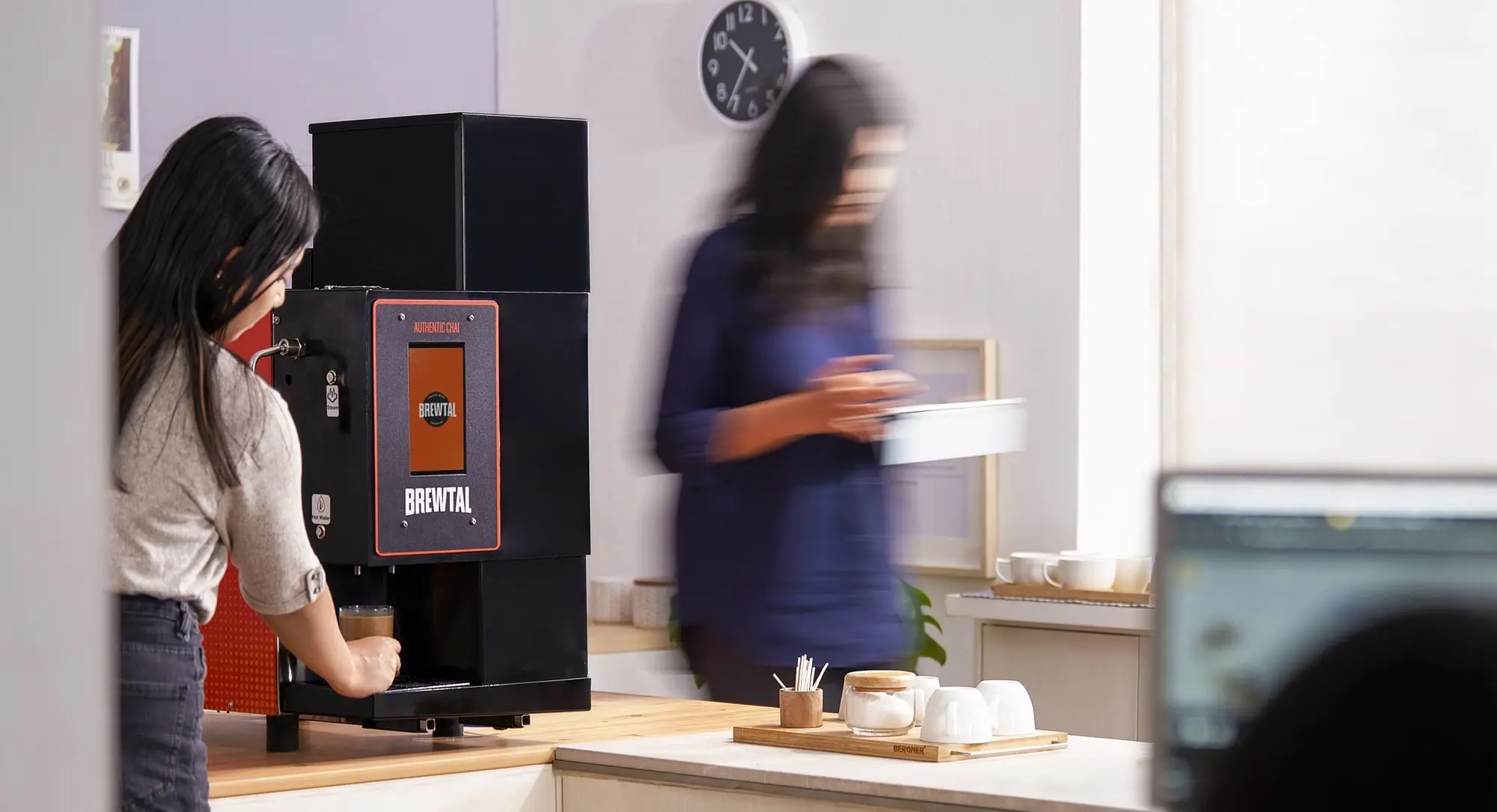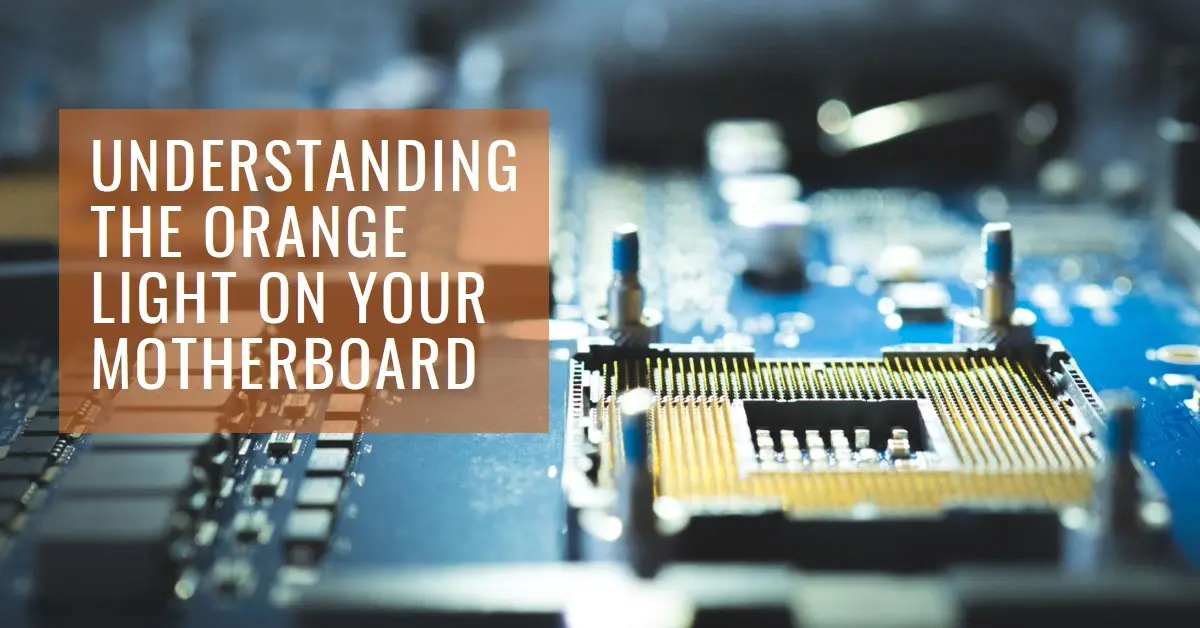Captioning services are basically comprised of showing text counterparts of the words being said and spoken. Some television programs, online videos, and educational training tools are mostly in need of captioning services. And there are various methods where captions can be displayed on the screen. Example, in broadcast captioning services, the captions are laid out at the bottom part of the video. Mostly, this type of captioning services is coloured for the purpose of indicating the speaker. These can be a contributing factor that can generally affect the captioning rates.
Types of Captioning Services
Here are the different types of captioning services:
Closed captioning services
In UK, closed captions are also known as “subtitling”. The viewers have the choice to view the captions or not. However, they need to turn the captions on or off while utilizing this kind of closed captioning services. It is very easy to distinguish if a certain program uses closed captioning. They are frequently determined in the program manuals or video covers. Generally, the closed captioning symbol [CC] is written in the cover.
Open captioning services
The goal of open captions is to let everyone see the message of the video by displaying the captions. They are generally fixed and embedded on the video file. Other terms for these captioning services are “burned in” or “hardcoded”. One can play on various caption fonts and styles when using these captioning services. Open caption includes those foreign films with subtitles.
Live captioning services
Generally, this type of caption is converted for use of live TV shows like sports coverage, program finale, and the news and current affairs. Aside from that, it is also useful for business settings, educational trainings, and events. For live captions, two methods are being utilized: the steno-captioning and the respeaking.
Stenocaptioning
The process of producing live captions that includes the utilization of stenotype machine is called as “stenocaptioning”. The process of word creation using phonetic sounds is somehow similar to the way a pianist produces chords through different piano keys. This method of live captioning service is being used generally for reporting on courtroom to capture every word being delivered.
Respeaking
The difference of respeaking is that it primarily depends on a software that generally recognize voice. This is the method in which the captioners listen to the audio of live events and using their voice recognition software, they duplicate the speech. It is the voice recognition software that develops the captions as a written context.
Live captions are produced at the exact time of broadcast. It can also be utilized during real-time events for classroom discussions, meetings, or lectures. The words are displayed right after they are being delivered by the speaker. Moreover, this type of captioning is also popularly known as the “Communication Access Real-time Translation”.
Closed and Open Captioning
This type of captions is generally created ahead of the airing or broadcasting time. Sometimes, the closed and open captions are made upon uploading and publishing of video. The closed and open captioning method permits the most detailed captions. Quality control and checking can be done prior to the completion of captioning in this method.
Moreover, this type of captions can be displayed in an appropriate position. It can also be colored to permit the ease of identification of speakers. This also includes sound effects that are necessary to the scene.





